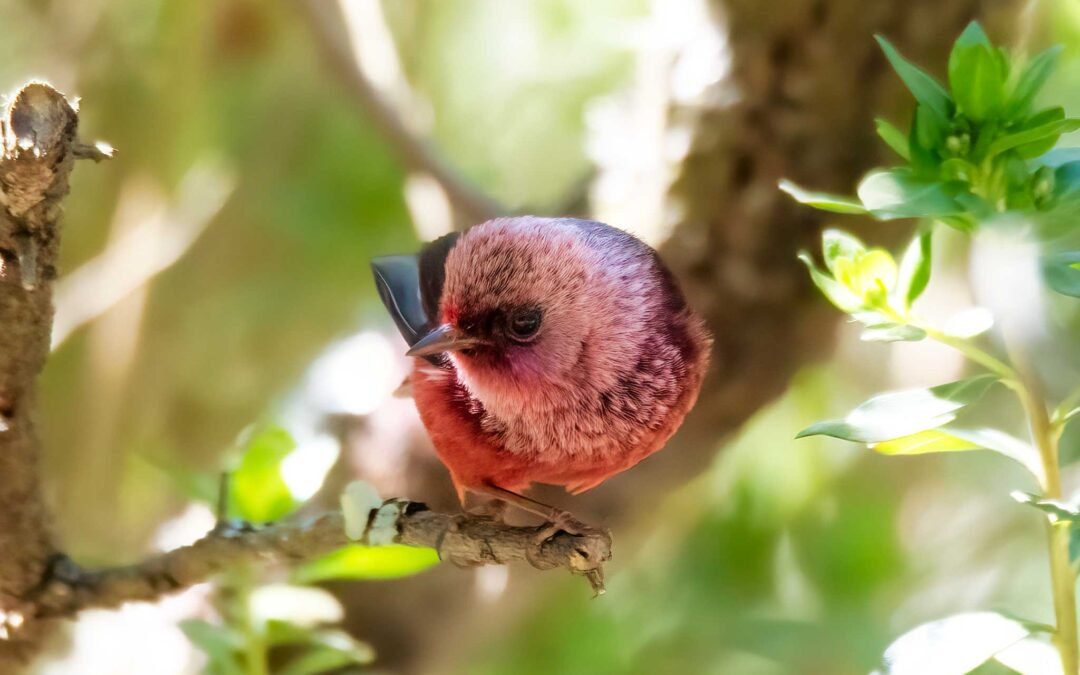How many birds are in Guatemala?
In Guatemala’s history, 740 bird species have been adequately recorded. Of those, there are about 40 which are extinct, extirpated, or accidental; this means that near 700 birds can regularly be seen in the country.
With more local birders in the woods and more visitors from different countries coming to look for birds with a small range in the distribution or with low populations, there are much more eyes in our National Parks and Nature Reserves, which increases the possibility to get a first record for the country.
Even though there’s an important upcoming event that will modify the number of species for Guatemala in the next few weeks, the annual supplement to the 7th edition of the American Ornithological Society’s (former AOU) Check-list of North American birds.
This year the 58th supplement will include some significant changes for Guatemala’s avian diversity, which provides for revision of linear sequences on several families and the possibility of splitting up to 6 bird species and elevating one subspecies to the rank of total species.
New taxonomic categories.
We will explain each case to understand the basis to support the new taxonomic categories.
Split Prevost’s Ground-Sparrow into two species
Prevost’s Ground-Sparrow (Melozone biarcuata) is a bird member of the Emberezidae family, distributed from the Mexican state of Chiapas mountains through Guatemala, El Salvador, Honduras, and central Costa Rica. The population from Northern Central America has differences in vocalization and plumage pattern on the face.
According to a phenotypic comparison study, there’s enough evidence to recognize them as two species, so it is recommended split White-faced Ground-Sparrow (Melozone cabanisi) from Prevost’s Ground-Sparrow (Melozone biarcuata).
The Northern population will be known as Prevost’s Ground-Sparrow (Melozone biarcuata). The Costa Rican birds will be named White-faced Ground-Sparrow (Melozone cabanisi).
Split Yellow-rumped Warbler (Setophaga coronata) into three different species
Probably the most expected revision of bird taxonomy in Guatemala because one of these species is endemic and adds two more species to the bird list.
The Yellow-rumped Warbler complex can be understood according to several different genetic studies. Finally, there’s an explanation for the four known subspecies. There are evident differences in plumage for each subspecies, and at least one population is genetically isolated from the others.
The decision revives Audubon’s Warbler (Setophaga audoboni audoboni and Setophaga auduboni nigrifrons) for the populations in Western North America, Myrtle Warbler (Setophaga coronata) to the population in Eastern North America, and Goldman’s Warbler (Setophaga goldmani) to the population in Guatemala.
Split Willet (Tringa semipalmata) into two species
The two allopatric subspecies differ in plumage, vocalizations, and ecology. With new morphological and genetic studies, the new arrangement is to split into Eastern Willet (Tringa semipalmata) and Western Willet (Tringa inornata).
Split Emerald Toucanet (Aulacorhynchus prasinus) into two species
There are several subspecies of Emerald Toucanet through Neotropics; there are many variations in plumage and bill coloration, which is still a problem understanding how much different are between them. Even though it is reasonable to split into two major groups to have more data and get a better conclusion about the two new complexes.
Northern Emerald Toucanet (Aulacorhynchus prasinus) for the birds from Mexico to Panama and Southern Emerald Toucanet (Aulacorhynchus albivitta) from Colombia to South America.
Split Magnificent Hummingbird (Eugenes fulgens) into two species
It is well known the two subspecies of Magnificent Hummingbirds have main differences in color plumage in belly, throat, and crown.
With new information from different studies, the hummingbird will be split into Rivoli’s Hummingbird (Eugenes fulgens) for populations from the USA to Nicaragua and Magnificent Hummingbird (Eugenes spectabilis) for populations in Costa Rica and Panama.
Split Brown Creeper (Certhia americana) into two different species
There are more than a dozen subspecies of Brown Creeper; the most common difference is size and variation in plumage color. Northern birds are larger with variations of brown on their backs and whites and gray in the underparts.
With the information from mitochondrial and genetic studies, there’s now a better comprehension of the clades, and it is suggested to recognize two species, Nearctic Creeper (Certhia americana), for the populations from the USA to Central Mexico and Brown Creeper (Certhia pernigra)
Nearctic Creeper (Certhia americana) for the USA to central Mexico populations and Brown Creeper (Certhia pernigra) for Southern Mexico and Central American populations.
Elevate Guatemalan Flicker (Colaptes auratus mexicanoides) to species rank
Northern Flicker is another superspecies complex from which birds from Chiapas to Nicaragua are easily distinguished from North American birds. The principal characteristics are differences in vocalization and the pattern of color on the nape and bars in the back.
New DNA studies confirm that the Central American population is distinct from other complex members, considering habitat requirements and isolation provided by the Isthmus of Tehuantepec. Therefore, it is clear that Guatemalan Flicker (Colaptes mexicanoides) must be recognized as species.
There is some other proposal into consideration that could affect Guatemala’s bird list. However, most of them are still weak in showing new information to be considered for a change.
To read the papers with detailed information, go to:
http://checklist.aou.org/assets/proposals/PDF/2017-A.pdf

